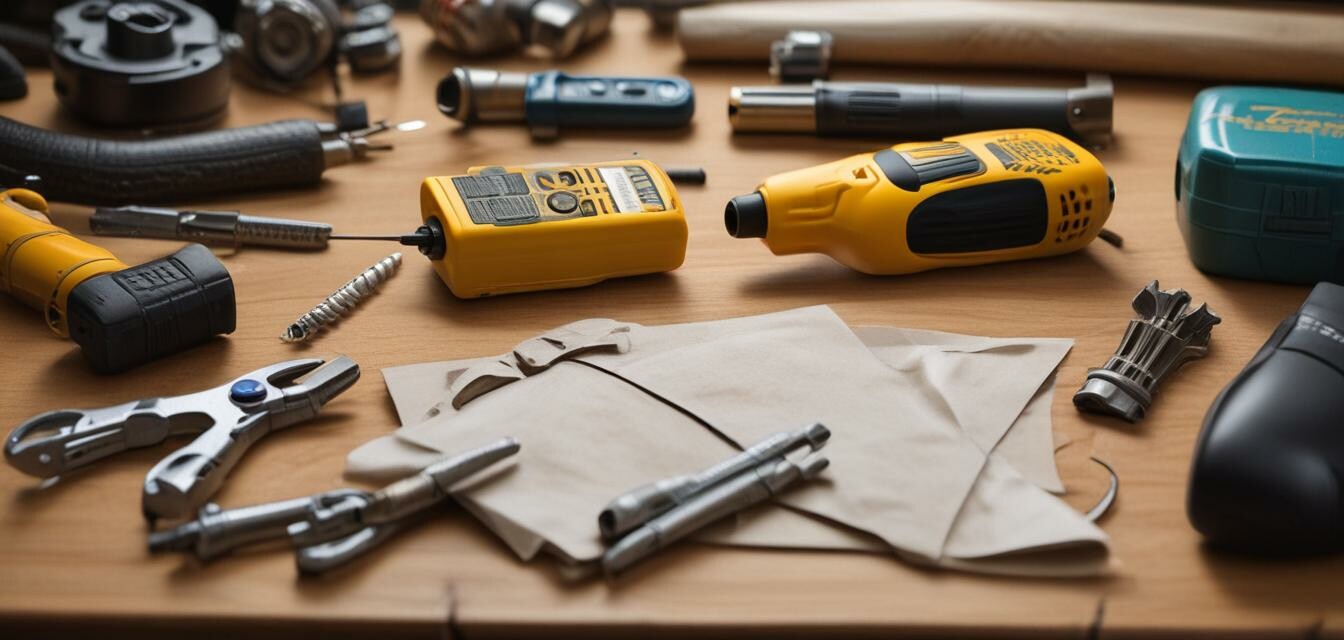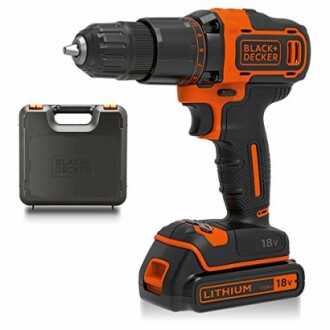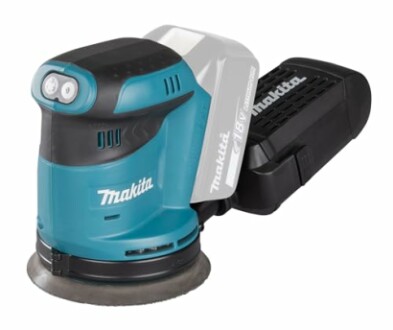
Using a Cordless Drill for Different Materials
Key Takeaways
- Choose the right drill bits for each material to ensure efficiency.
- Understand the torque settings to manage different material densities.
- Practice safety measures, including using protective gear while operating the drill.
- Have a proper technique for drilling into wood, metal, and masonry.
- Utilize variable speed features for enhanced control during drilling.
Are you eager to get the most out of your cordless drill? Understanding how to adapt your technique based on the material at hand can make a significant difference in both performance and results. In this comprehensive guide, we’ll dive into how to use your cordless drill effectively on various materials, along with tips and tricks for perfecting your drilling technique.
Understanding Your Cordless Drill
Before we jump into the analysis of different materials, it's important to get acquainted with your cordless drill. The BLACK+DECKER 18 V Cordless 2-Gear Combi Hammer Drill is a powerful option offering features that make drilling versatile and efficient:
BLACK+DECKER 18 V Cordless 2-Gear Combi Hammer Drill
A compact and powerful drill perfect for drilling, screw driving, and hammering, suitable for wood, metal, and masonry.
Learn MoreDrilling Techniques for Different Materials
1. Wood
When drilling into wood, efficiency is key. Here’s how to do it right:
- Use high-speed steel (HSS) or wood drill bits.
- Adjust the torque setting based on the wood density.
- Start with a low speed to maintain control, then increase as needed.
2. Metal
Drilling into metal requires precision. Follow these tips:
- Use sharper bits designed for metal.
- Experiment with lower speeds — typically around 600 RPMs.
- Apply a bit of oil to the bit for lubrication.
3. Masonry
When it comes to masonry, bit choice is crucial. Here’s the guide:
- Use masonry bits specifically designed for tile and concrete.
- Utilize the hammer function of your drill if equipped.
- Drill slowly and steadily — no need for excessive force.
Understanding Torque Settings
The torque setting on your drill allows for flexibility in how much force is applied. More torque is generally necessary for tougher materials, while less torque is acceptable for softwood or drywall. Adjusting this setting can help prevent damage to your materials and enhance control.
| Material | Recommended Torque Setting | Drill Speed |
|---|---|---|
| Wood | 10-15 Nm | High speed (1200-1400 RPM) |
| Metal | 15-25 Nm | Moderate speed (600-800 RPM) |
| Masonry | 20-30 Nm | Low speed (700 RPM) |
Safety First
Whenever you're using power tools, safety should be your utmost priority. Here are key safety tips:
- Wear safety goggles to protect your eyes from debris.
- Wear gloves to protect your hands from sharp edges.
- Always be aware of your surroundings while drilling.
Maintaining Your Drill
Regular maintenance of your cordless drill is vital to ensure longevity and performance. Here are some maintenance tips:
- Keep the drill clean and remove dust and debris after use.
- Check the battery regularly and replace it as necessary.
- Inspect drill bits for wear and replace dull bits immediately.
Maximizing Performance with Accessories
Using the right accessories enhances the functionality of your cordless drill. The Makita DBO180Z 18V Li-Ion Sander is a great example, as it complements drilling tasks with its excellent sanding capabilities.
Makita DBO180Z 18V Li-Ion LXT Sander
The perfect cordless sander to ensure smooth finishing after drilling projects, enhancing overall results.
Learn MoreFinal Thoughts
Using a cordless drill opens up a world of project possibilities. With the right techniques, settings, and safety measures, operatating your drill can significantly enhance your DIY skills. Remember to explore different materials, adapt your approach, and always prioritize safety.
Tips for Beginners
- Start with soft materials before attempting harder ones.
- Practice your drilling technique on scrap materials.
- Familiarize yourself with your drill user manual for specific guidance.


